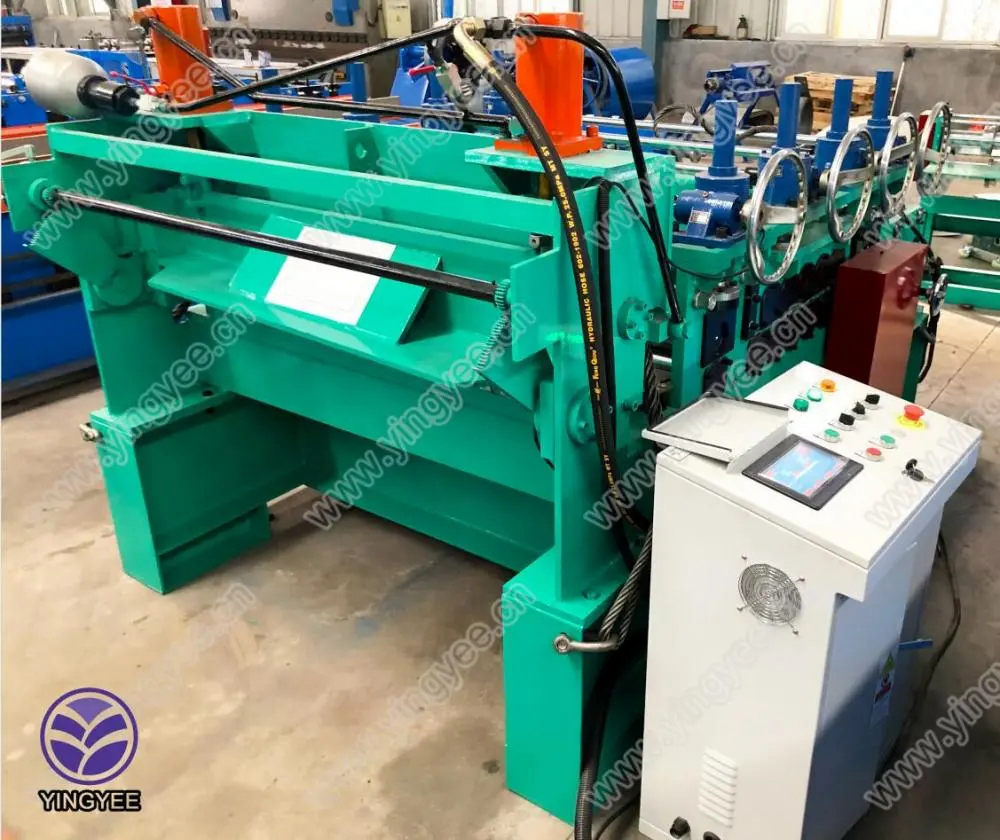
The Evolution and Importance of High-Speed Slitting Lines in Modern Manufacturing
High-speed slitting lines have become a cornerstone of modern manufacturing, particularly in industries that require precision and efficiency in processing materials. These advanced systems are designed to convert large rolls of materials, such as metal, paper, or plastic, into narrower strips that meet specific size and quality requirements. This process is crucial for various applications ranging from construction to consumer goods. Understanding the mechanics and benefits of high-speed slitting lines can shed light on their growing significance in the global market.
The Mechanism of High-Speed Slitting Lines
At the heart of a high-speed slitting line is a sophisticated combination of mechanical and electronic systems that work in tandem to achieve optimal performance. The basic components include unwinders, slitting machines, and rewinders. The process begins with the unrolling of large master coils of material on an unwinder. These coils are fed into a slitting machine where rotary blades, positioned at precise intervals, cut the material into narrower strips.
One of the defining features of high-speed slitting lines is their ability to operate at remarkable speeds—often exceeding 500 meters per minute. This high throughput is achieved through advanced automation, which minimizes human intervention and accelerates overall production efficiency. State-of-the-art control systems ensure that the blades are precisely aligned and maintained, reducing the risk of defects and enhancing the quality of the finished strips.
Advantages of High-Speed Slitting Lines
The advantages of utilizing high-speed slitting lines are manifold. First and foremost, they significantly increase productivity. By processing materials at high speeds, manufacturers can meet the ever-growing demand for quick turnaround times without compromising on quality. The enhanced speed not only accelerates production but also allows for better inventory management, as companies can produce only what is needed when it is needed.

Quality control is another critical aspect where high-speed slitting lines excel. These systems are equipped with sophisticated monitoring technologies that help in identifying issues in real time, ensuring that any defects are caught early in the process. This feature is vital in maintaining consistent quality standards, which is particularly important in industries such as aerospace, automotive, and electronics, where precision is paramount.
Furthermore, high-speed slitting lines are designed to handle a variety of materials and thicknesses, making them incredibly versatile. This adaptability allows manufacturers to cater to different customer needs without investing in multiple separate machines. The flexibility of these lines also contributes positively to the economics of scale, leading to more efficient production processes.
Future Perspectives and Innovations
As technology continues to evolve, the future of high-speed slitting lines looks promising. Innovations such as artificial intelligence (AI) and machine learning are starting to make their way into these systems, further enhancing their capabilities. Predictive maintenance powered by AI can foresee potential malfunctions and schedule maintenance before issues arise, minimizing downtime.
Additionally, the push for sustainability in manufacturing is prompting the development of eco-friendly slitting lines designed to minimize waste and energy consumption. Such advancements will not only support the planet’s health but also align with the increasing consumer preference for sustainable products.
In conclusion, high-speed slitting lines play a vital role in modern manufacturing by enhancing productivity, ensuring quality, and providing flexibility. As industries continue to adapt to changing market demands, the evolution of slitting technology will undoubtedly shape the future of material processing. Embracing these advancements will not only streamline operations but also bolster the global manufacturing landscape.